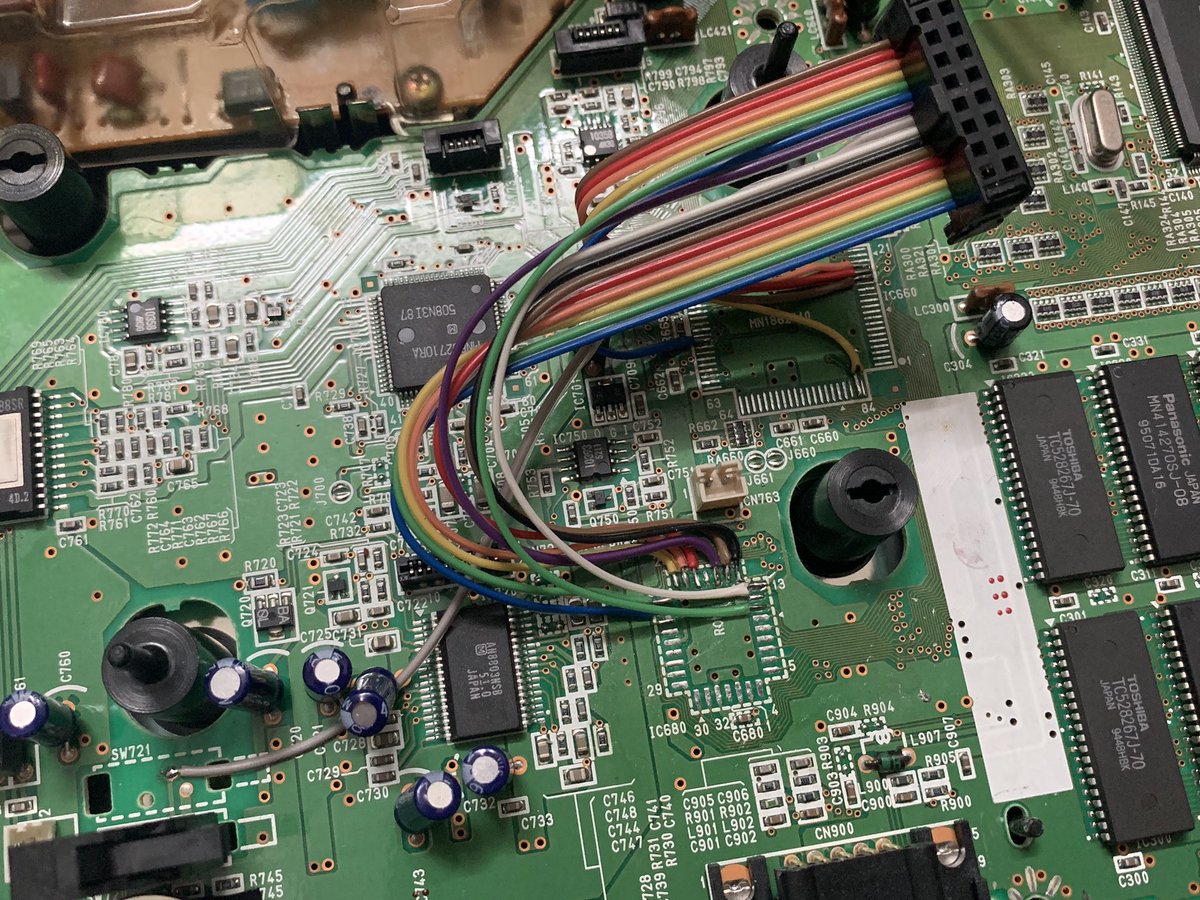| 0 | A | B | C | D | E | F | G | H | I | J | K | L | M | N | O | P | Q | R | S | T | V | W | X | Z |
3DOplay is a 3DO emulator forked from the freedo sources. 4DO is an open-source, low-level emulator based on the FreeDO source code. Read More Results. While Opera is a fork of 4DO/FreeDO and therefore largely compatible (or incompatible) with the same software they are more and more changes are being made which will start impacting that overlap.
Panasonic 3DO System Information


The 3DO Interactive Multiplayer was released in 1993 - a product of the 3DO Company, formed partly by Matsushita, Panasonic’s parent company. 3DO’s console was not manufactured by 3DO. Instead, the company licensed the technology to other companies such as Panasonic, Goldstar and Sanyo.
Phoenix 3do Emulator English
The console was revolutionary at the time, using a 32-bit CPU and games on CD-ROM. The console features only 1 controller port, however, there was an additional controller port on the controller itself, allowing “daisy-chain” linking of controllers thus eliminating the need for multiplayer taps if a game requires multiple players. Also included in the system is 32Kb backup memory for save games.
The 3DO Interactive Multiplayer was quite expensive to begin with (around US $800), most likely due to the high manufacture costs and the 3DO licencing fees that the licensees had to try and recoup via huge mark-ups. The later releases by Panasonic and Goldstar were a little less expensive. Another item that was later released by a licensee was Creative Labs’ 3DO Blaster - a card for PCs that allowed 3DO games to be played on the computer.

3do Emulator Retropie
The 3DO Interactive Multiplayer’s software library featured some good titles - but these were mostly ports of games from PCs and other systems. Many of the exclusive 3DO releases were plagued with pixellated Full Motion Video (FMV) sequences, rather than quality game play.
Previously, video footage could not be incorporated into games due to the limited space available on the ROM cartridges used by systems in years prior to the 3DO’s release. Now, with the large capacity of CDs, they could incorporate video footage, however, the system was still only 32-bit, thus the pixellation of the footage. You’ll find this feature used all too often in early CD-ROM games (just look at the Sega Mega CD/Sega CD).
It was due to some of these poor quality games, but more likely the 3DO’s high price tag that killed the system only a few years after its release. 3DO and Matsushita later worked together on the M2 console - a 64-bit CD system that would have been competition for the Nintendo 64 had its release not been cancelled unexpectedly, even after working prototypes had been produced and displayed at E3 in 1996.
3do Emulator Mac

